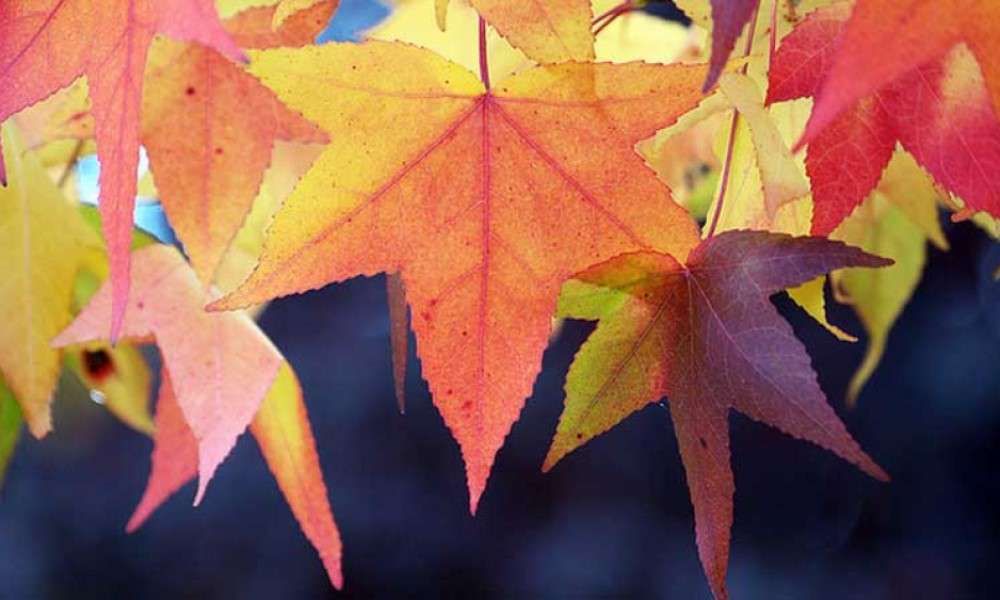Nature – The true fashionista

Autumn is that picturesque time of year when the poets sigh and the photographers dust off their lenses. Have you ever wondered why some trees have such colorful leaves during autumn while most others retain their green color?
What makes leaves change color?
Subscribe
The answer is chlorophyll. The same chlorophyll that colors the leaf green is responsible for other colors as well. Throughout spring and summer, chlorophyll, which is green, is the dominant pigment in leaves. As trees get ready to drop their leaves in the fall, they break down chlorophyll to recycle it. Let’s look at it deeply.
We all know what photosynthesis is. Once days and nights begin to cool and the nights get longer, the trees sense that fall and winter are approaching. In the trees' preparation to go dormant, circulation to the leaves, which are no longer needed to produce food, is cut off. Due to the longer nights and reduced sunlight, the production of chlorophyll is reduced, meaning that the green will eventually disappear from the leaves. Some of the pigments responsible for causing the vibrant colors in leaves, such as carotenoids – which are responsible for yellows, oranges, and browns – are already present in the leaves, but are obscured by chlorophyll. As the amount of chlorophyll declines, the other pigments become dominant, giving leaves their autumn colors.
So will a tree bear the same colored leaves every autumn? Not really. That changes too. Year-to-year differences in how bright leaf colors are, when they appear and how long they last depend on the chemistry within the tree, which results from a combination of temperature, humidity, sunlight, rainfall and other factors that vary annually.
Change of leaf color in autumn is the result of a natural annual process, of course. But when the leaves of a tree turn color too early, before nearby trees of a similar type, it is often a sign that the tree needs help. Trees that turn color prematurely are generally under some type of stress – from insects, disease, lack of water, root damage or other adverse conditions.
Several factors impact fall colors, making some years better or worse for viewing than others. The best fall colors are due to a warmer, rainy spring, good weather during the summer, and warmer, sunnier fall days and cool nights. A more disappointing fall show may be due to a later spring, a drought during the summer, and a warmer spell during the fall.


